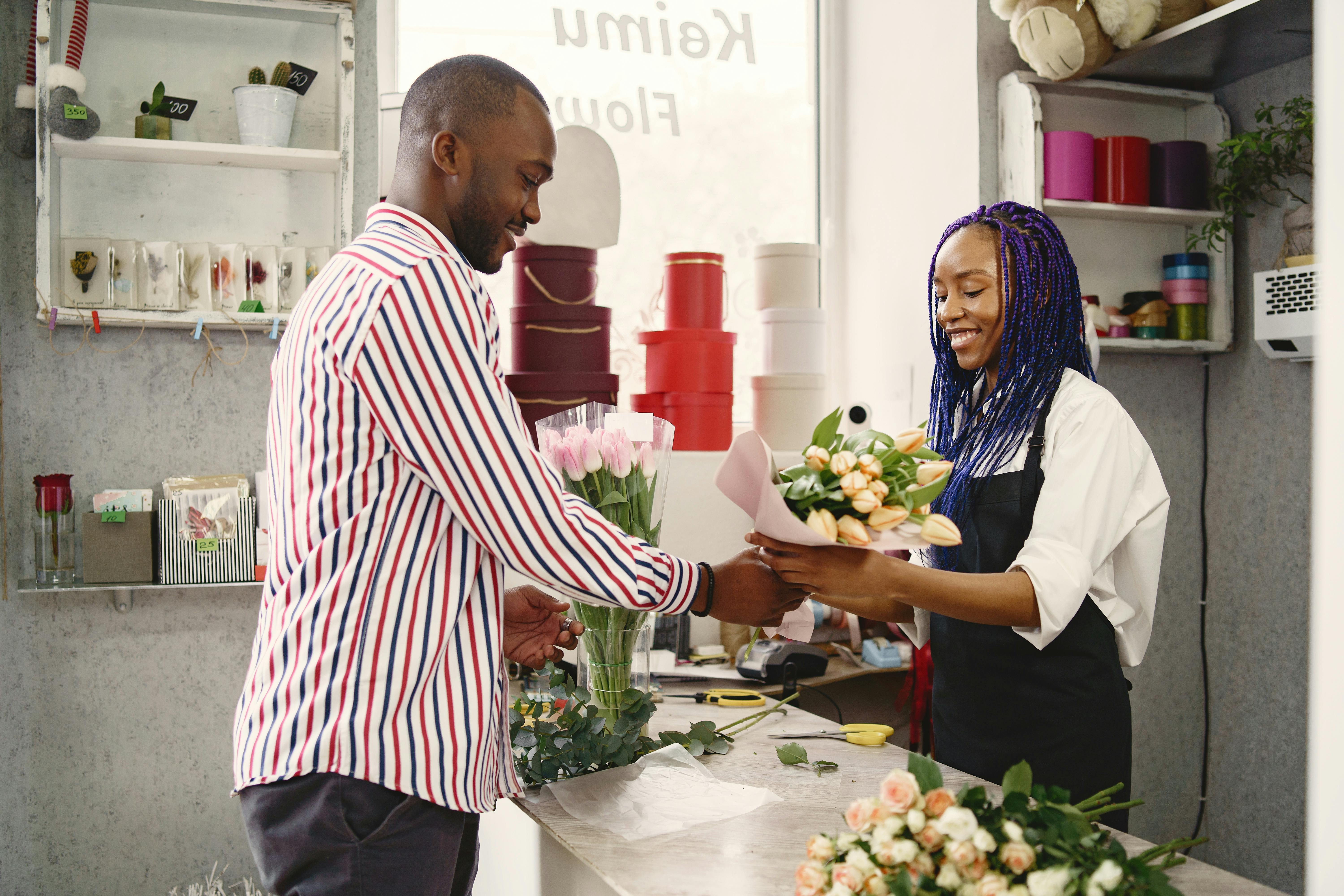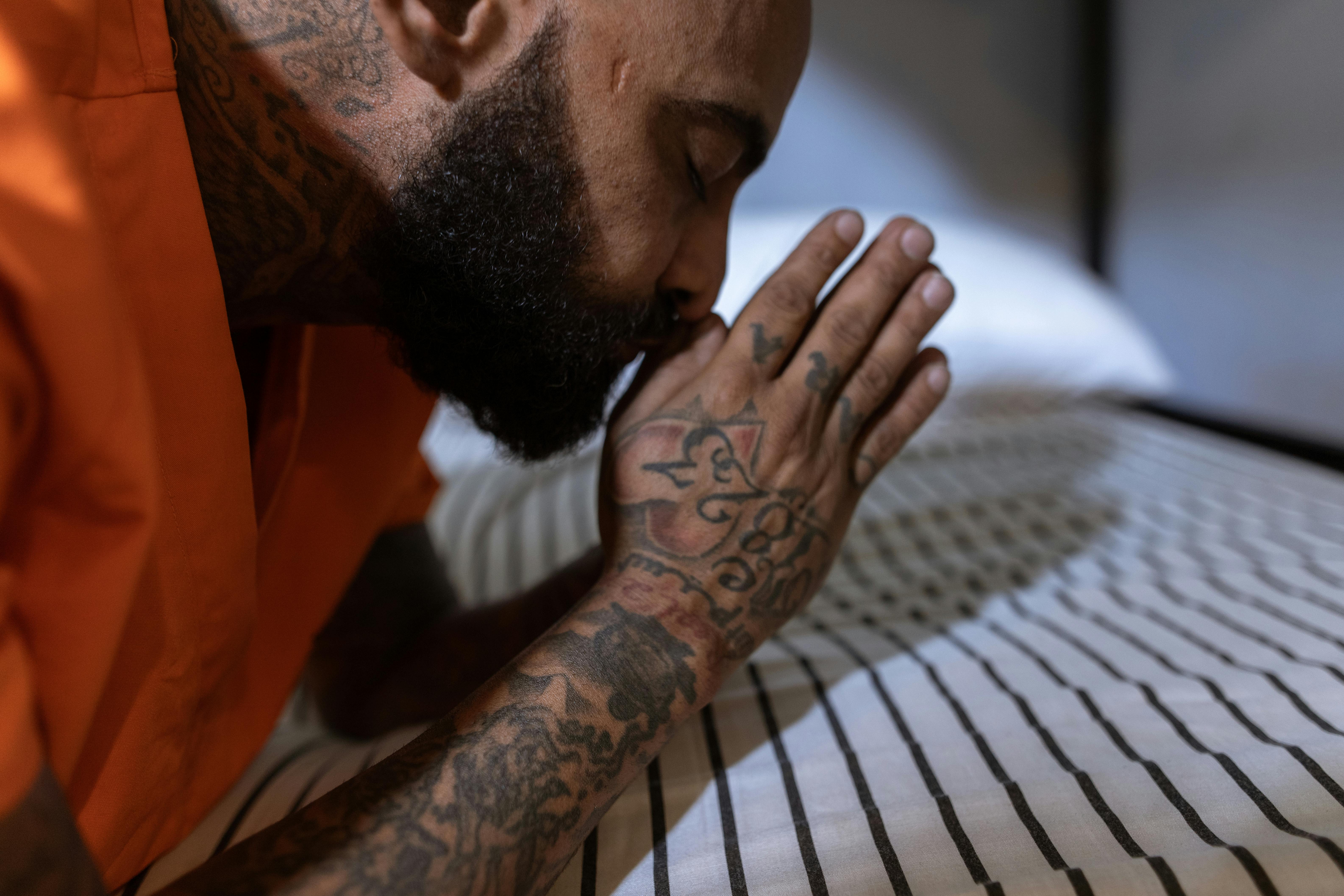In the model train hobby, much of what you will do will flow from the theme you have chosen for your model train. From the stage to the rolling stock, from the tracks to the power supplies, it will all depend on your theme.
When it comes down to it, the issue is all about what you want to do.
Choosing a theme is about:
- an era
- a fit
- an operating style
Model train eras:
There are three main eras for model trains: steam, modern, and transition.
1. The Steam Age covers everything from the Wild West (1870s) to World War II (1940s), but for most people, the Steam Age pretty much covers the 1930s to 1940s. The visual appeal and nostalgic elements of intricately modeled steam engines pulling a wagon train are hard to beat.
2. Modern Era usually means today’s trains, although it could possibly cover anything from the 1960s to the present day. The modern era can encompass everything from ultramodern diesel engines pulling intermodal trains to commuter rail and everything in between, but for most people, a modern era train layout will show locomotives, rolling stock, buildings and landscapes that I would expect to see on the rails today. .
3. The Transition Era is that period between the 1940s and 1950s when both steam and diesel locomotives traveled the rails as steam was phased out and diesel was introduced. The transitional era is best for modelers who want to run steam and diesel engines on the same true-to-prototype tracks; in short, modelers who want the best of both worlds.
As you’re considering your vintage choice, you may want to keep in mind the availability of material for different eras at hobby retailers and online. There tends to be a lot more modern rolling stock and mockups available to the consumer than there were in the steam age, and often at much lower prices as well. Even train sets, which can be a great source of inexpensive locomotives and rolling stock, are often from the modern era. Even secondhand markets like eBay and flea markets tend to have a lot more modern-era items available.
You’ll also want to consider how much of a model train stickler you want to be. While many railway modelers start out happy by mixing elements from many different eras, such as combining steam locomotives with today’s diesel locomotives, many people in the hobby tend to become more of a purist as they grow in skill and enthusiasm. Call it “prototyping fever”: modelers who catch it end up becoming increasingly interested in modeling a particular era to the exclusion of others. They discover that their 1930s logging railway just doesn’t look right with a 21st century diesel locomotive running on its tracks. So if you end up with a design that isn’t set to the era you want, you’ll have to take out and replace the elements that don’t fit, costing you time and money.
Model Train Configuration: Once you’ve chosen an era, you can start looking at setting up your design. With the Steam era, you can choose from a wide range of settings including, for example, the Rocky Mountains with lots of mountains and trees. Or you could choose the Grasslands with lots of open spaces divided only by small farming towns. However, there is the Midwest with its largest cities and heavy industry. Or you can choose the Coast with small fishing villages and large ports. The configuration is quite unlimited and universal. Although the regions I have listed are more suitable for North American railroads, the same types of regions exist virtually anywhere in the world where rails have been laid.
Now, while you may want to try something quite unique for a design, keep cost and availability in mind. Narrow gauge designs, for example, while impressive to see and operate, take a lot of time, effort and money to set up. The more conventional setups are cheaper and easier for beginners to model. When you are starting and learning the hobby, avoid spending too much money if you don’t have to.
Operating style:
The most important factor when choosing your design theme is your operating style.
By operating style, I mean the aspects of the hobby that you actually enjoy the most. If you really enjoy set building, then your model railway should give you plenty of opportunities to display your set. On the other hand, if you really like coupling trains and changing tracks, then you really should look for a yard module, with lots of tracks, rolling stock, and switches. And if you like to operate your model railway the same way a real railway would, and play with things like timetables and “quick clocks”, then you should consider putting lots of model industries, sidings and destinations for your trains.
Now, I’ve talked about cost when choosing an era and configuration for your design, but I’m going to suggest that you give cost less priority when it comes to operating style. Your operating style is the reason you are in the hobby. Plaster is cheaper than tracks, but heavy scenery modeling may not hold the same appeal to someone who is genuinely interested in establishing and operating a rail yard. And if you’re not going to enjoy a particular operating style, why?
Hobbies are supposed to be fun. Yes, keep an eye on your budget when you’re starting out, but at the same time make sure that the reason you got into model trains in the first place is also your guide in choosing your model train design theme.
Now, once you’ve considered your desired era, setting, and operating style, you’ve narrowed it down and can move on to more detailed planning. Keep working on your theme and refining it until you have a good vision of what you want your model railroad to be.

